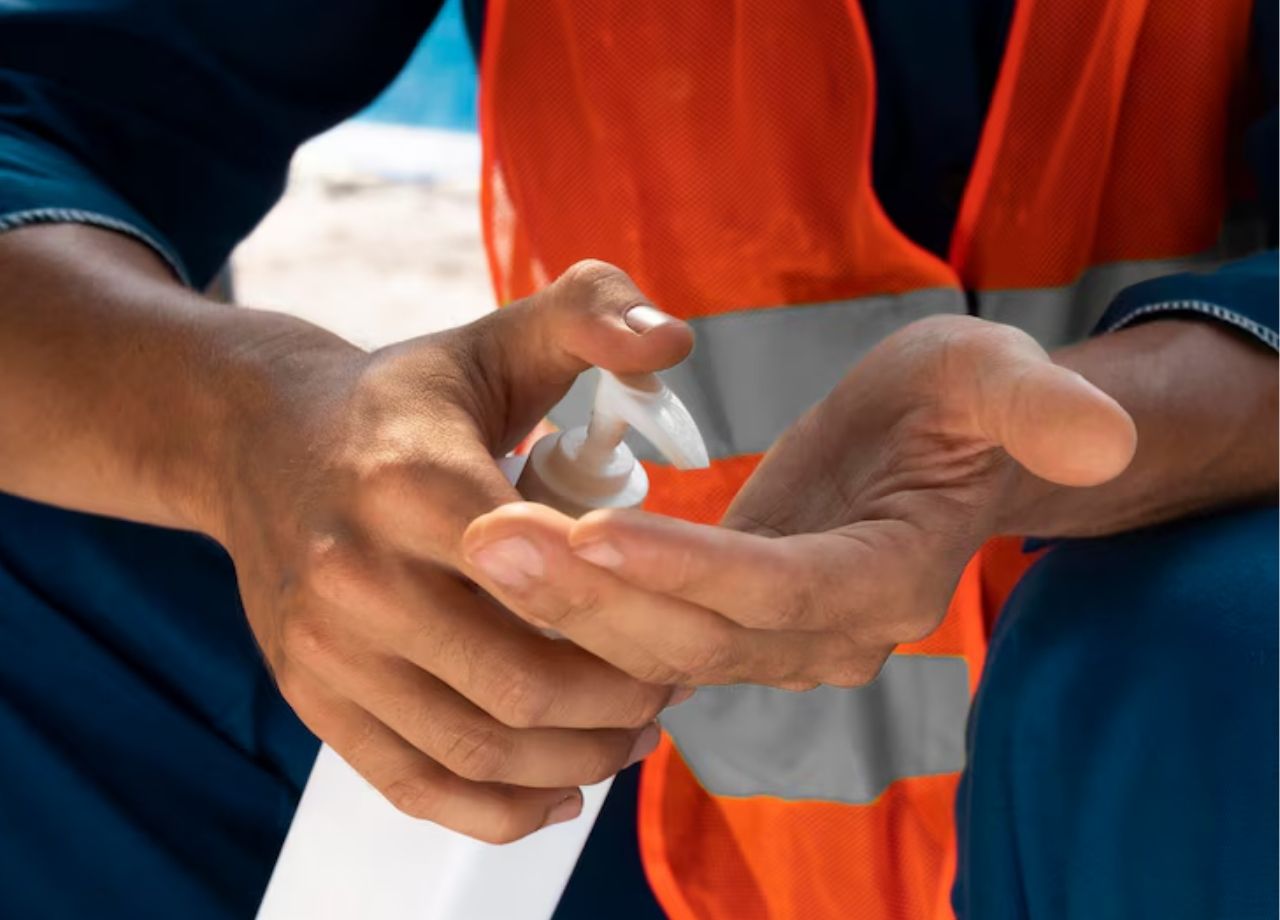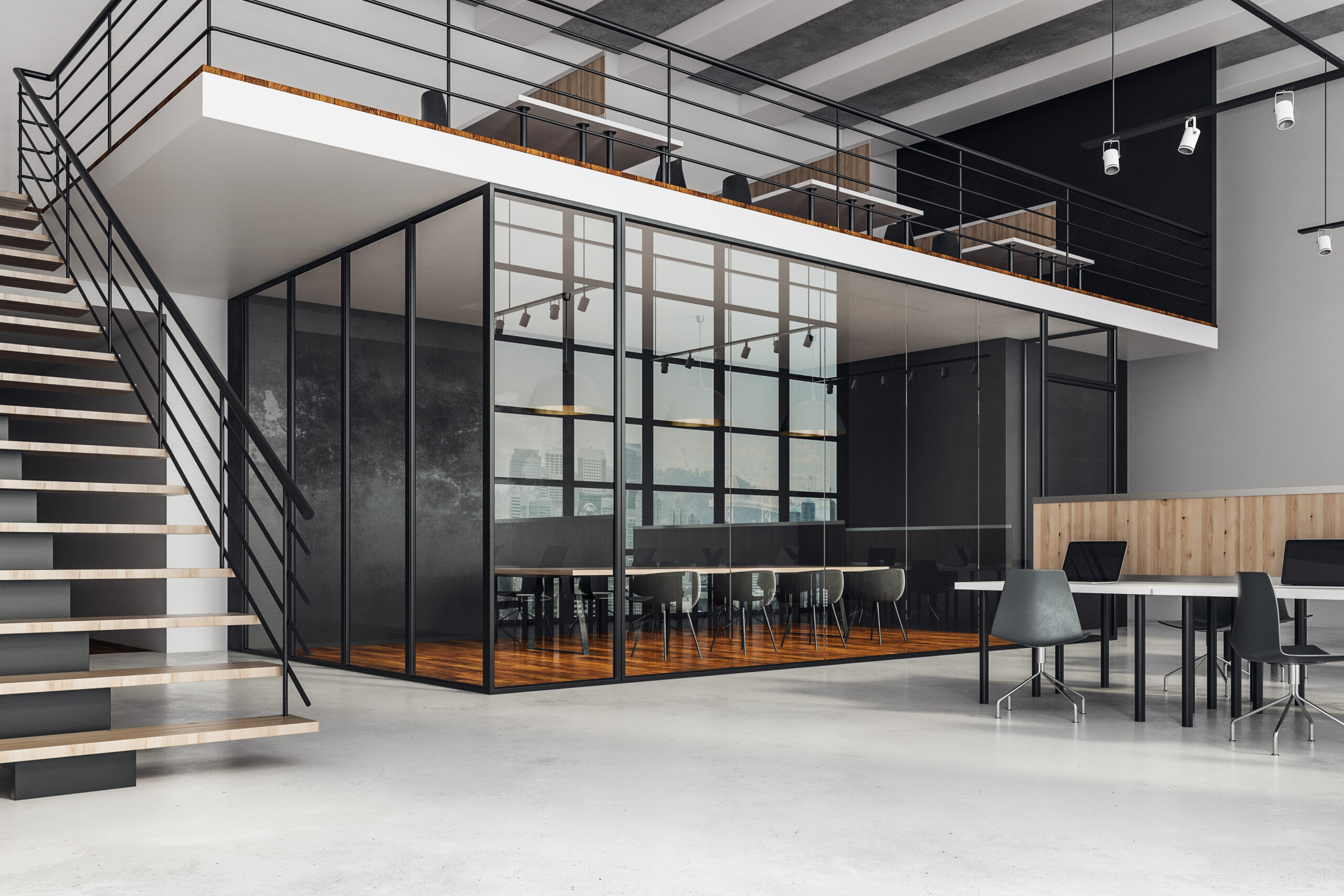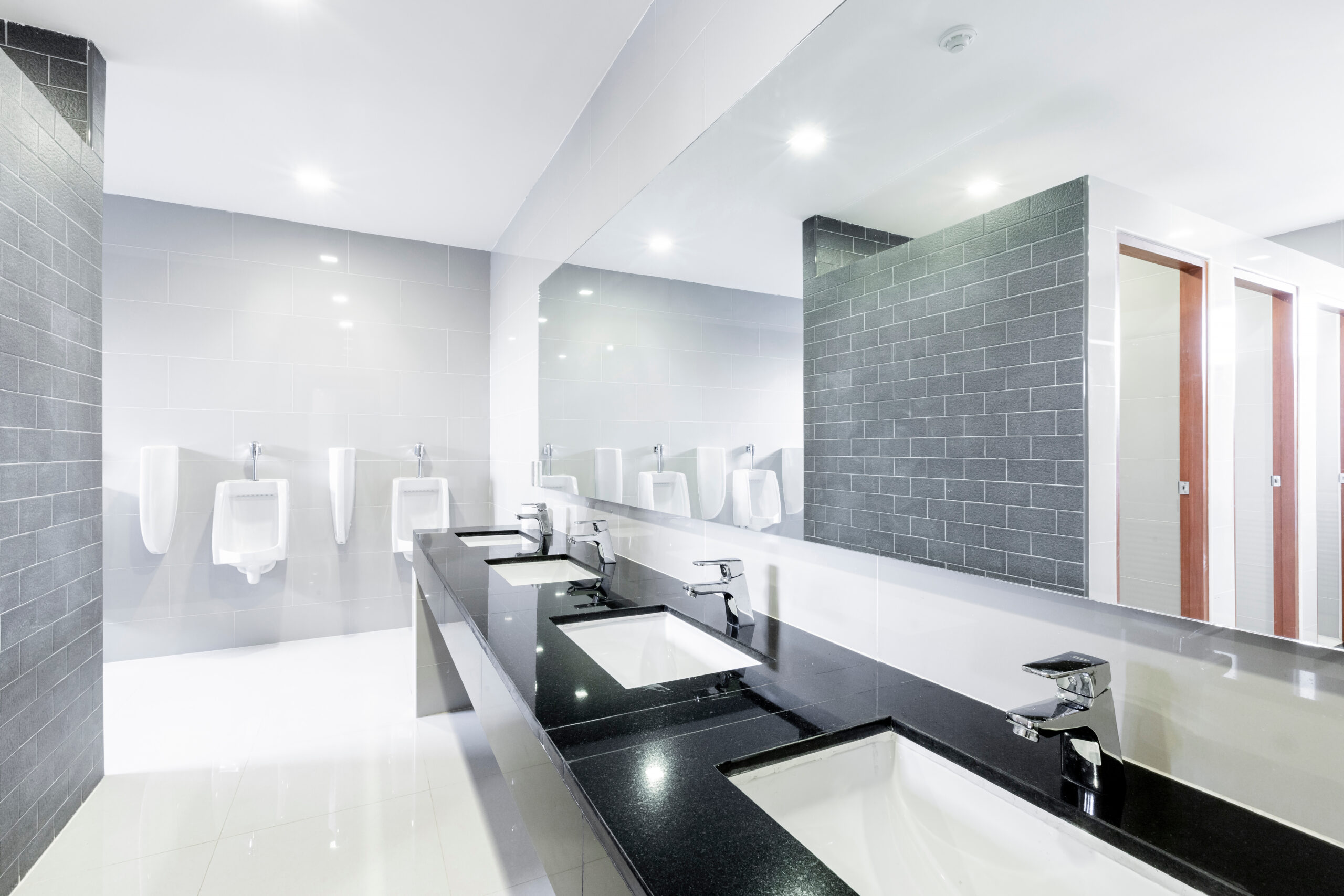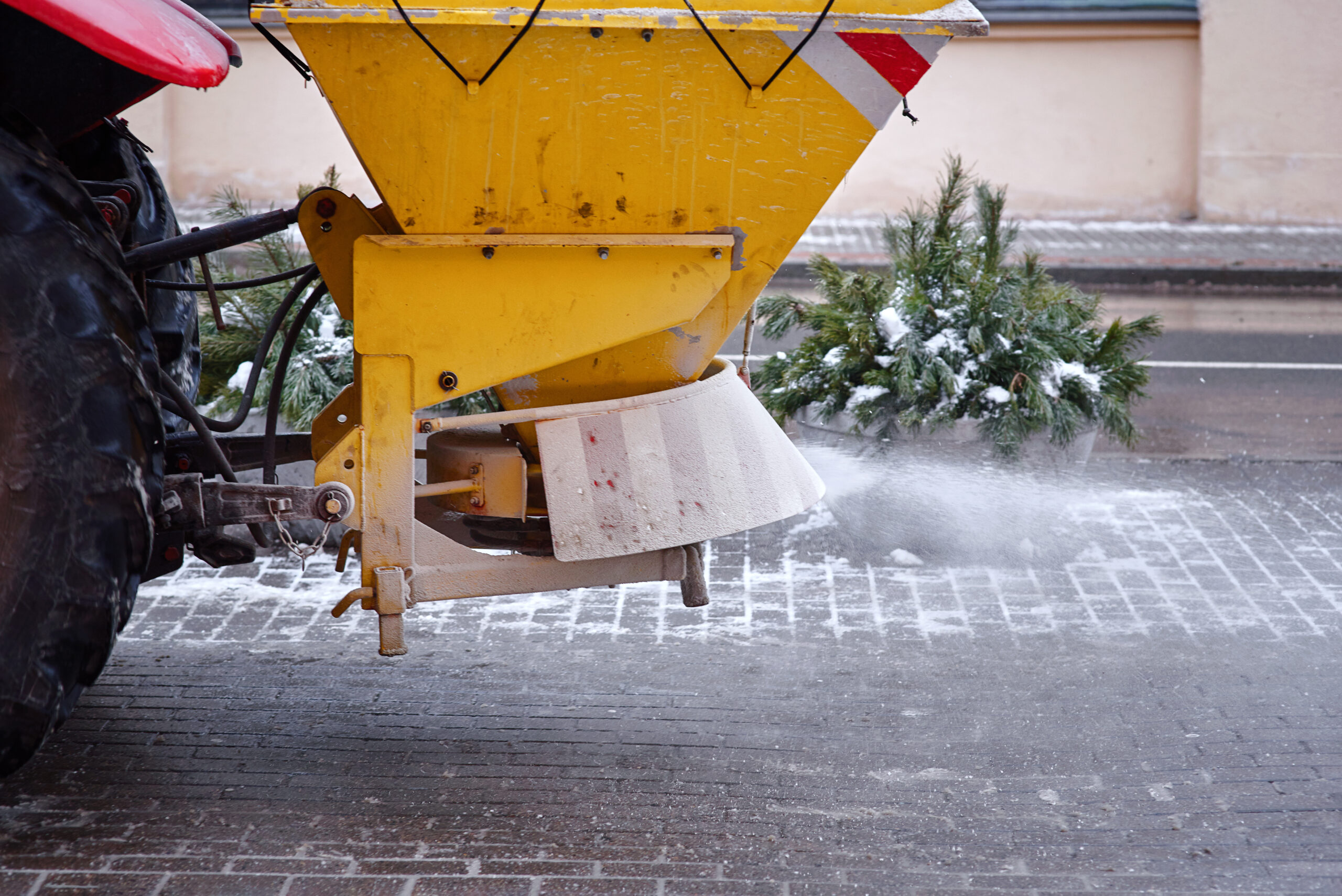Hygienic Maintenance Tips for Facility Managers
Maintaining a clean and healthy environment demands constant vigilance, particularly across large or high-traffic facilities. Facility managers often juggle daily maintenance schedules, emergency repairs, and project management, leaving little room for errors when it comes to hygiene standards. Letting minor cleaning tasks slip can create much larger problems, so having reliable habits and smart systems in place is essential.
During my early years managing commercial buildings, I learned quickly that you can’t simply react to cleanliness issues—you have to anticipate them. A building never “stays” clean; it needs constant attention, just like any busy workspace.
Stick to a Tight Cleaning Schedule—Then Audit It
Setting a cleaning schedule is easy enough, but sticking to it under real-world pressure is another story. Staff shortages, unexpected repairs, tenant demands—any of these can derail a perfect plan. Regular audits help catch these slips. Walk the facility with fresh eyes, checking spots that often get overlooked: behind doors, underneath hand dryers, or around ventilation grilles. Simple checklists used daily will catch small problems before they become major ones.
Prioritize High-Touch Areas
During cold and flu seasons, high-touch areas quietly turn into health hazards. Door handles, elevator buttons, light switches, shared equipment—these surfaces collect germs faster than floors or walls. Assign team members to hit these spots multiple times a day, not just during evening cleanups. I once reduced sick days across a client’s office complex by almost 20% over a year, simply by doubling down on sanitizing these key points.
Equip Staff with the Right Tools and Training
Sending janitorial teams into the field with outdated mops, poor-quality disinfectants, or insufficient PPE is a recipe for disaster. Good facility managers know that investing in better tools and ongoing training pays off fast. Chemical-resistant gloves, microfiber cloths, and automatic dispensing systems for cleaning solutions keep hygiene standards high without adding time or labor costs. Every six months, arrange refresher sessions covering correct disinfection methods and product usage—staff turnover means constant reinforcement is necessary.
Choose Cleaning Products Wisely
Some facility managers make the mistake of chasing trendy “green” products without checking if they actually kill pathogens effectively. Eco-friendly is good, but not at the expense of safety. Review product labels carefully. Look for EPA-approved disinfectants that specifically list viruses, bacteria, and fungi common to your building’s environment. Cheap, generic sprays often promise much but deliver little.
Set Up Visible Hand Hygiene Stations
Many building visitors feel uneasy about hygiene, especially after the last few years. Placing hand sanitizing stations in plain sight—near elevators, conference rooms, and cafeterias—encourages people to participate in the building’s hygiene culture.
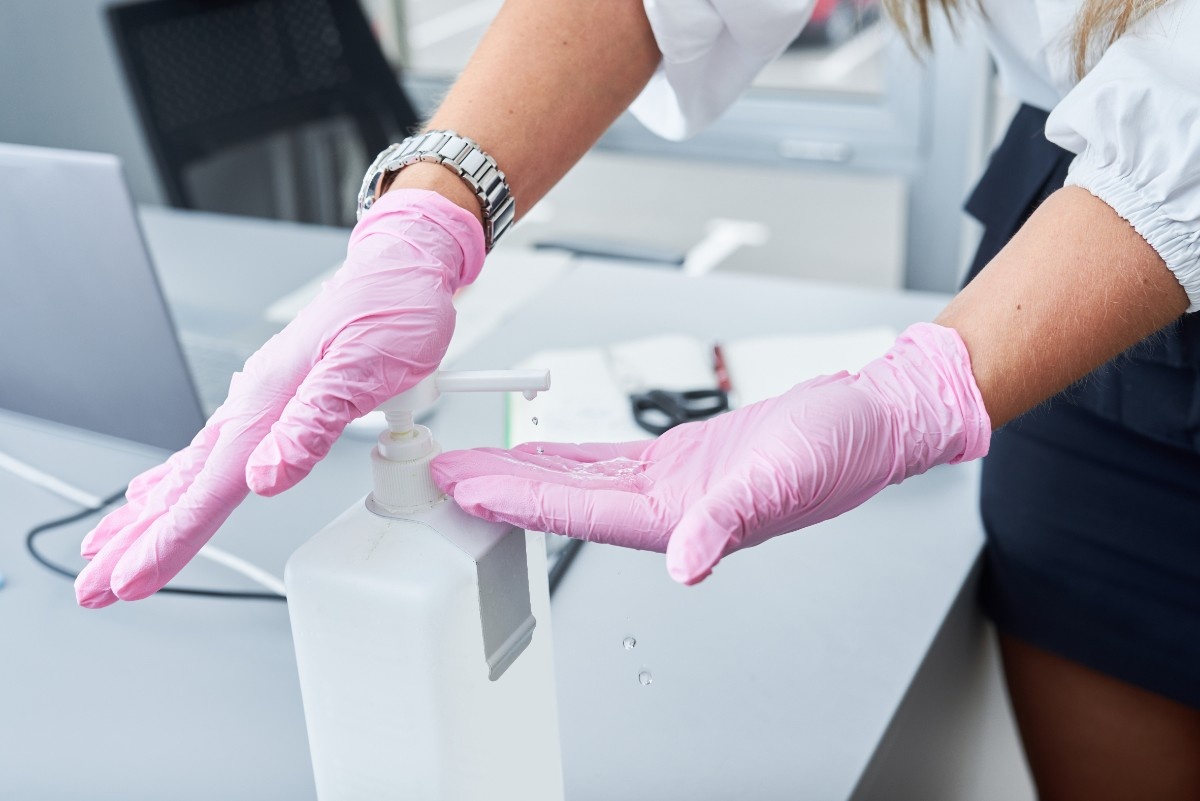
When visitors see that you prioritize sanitation, they treat your space with more respect. I always say that clean hands protect your facility better than any mop.
Manage Restroom Hygiene Like a Reputation Depends on It
Nothing ruins a facility’s image faster than dirty, foul-smelling restrooms. Restrooms are often the first thing visitors remember, and if maintenance is poor, they assume the entire building is run poorly too. Set restrooms on a more aggressive cleaning schedule than other areas, especially during peak use times. Restock supplies before they run out, keep drains flowing freely, and deep-clean tile grout and partitions monthly. A spotless restroom sends a silent but powerful message: this facility is cared for.
Develop an Emergency Cleaning Plan
Leaks, spills, biohazard events—these happen without warning. Smart facility managers have a clear, fast-action plan to deploy when the unexpected hits. Assign roles beforehand:
- Who shuts down the affected area
- Who notifies tenants
- Who contacts outside services if needed
Keep emergency kits stocked and accessible: gloves, masks, absorbent materials, caution signs, heavy-duty disinfectants. Reacting swiftly protects both the people and the property.
Monitor Indoor Air Quality Closely
Poor indoor air quality can sabotage all other hygiene efforts. Dust, mold spores, and airborne pathogens linger in HVAC systems if not properly maintained. Changing filters regularly is a minimum; using UV light purifiers or bi-polar ionization systems in high-density facilities helps significantly. I once managed a retail complex where upgrading air filtration cut employee complaints about “sick building syndrome” in half. Air you can’t see matters just as much as the dirt on the floor.
Make Waste Management a Top Priority
Overflowing trash cans invite pests, smell bad, and undermine all cleaning efforts. In busy spaces, waiting for scheduled pick-ups isn’t enough. Staff should monitor high-traffic trash areas several times a day and empty bins before they’re full. Recyclables, organic waste, and general garbage should each have clearly labeled containers to avoid cross-contamination. Partner with a dependable waste removal company to ensure pickups are timely and special waste—like biohazard material—is handled correctly.
Lean on Technology When Possible
Using smart sensors for restroom supply levels, automated floor scrubbers, and cleaning schedule apps saves both time and money. These tools also provide data that helps optimize staffing and supply usage. When I introduced sensor-based soap dispensers and paper towel machines at one client site, product waste dropped by nearly 30% in the first quarter. Technology isn’t a silver bullet, but when deployed smartly, it gives facility managers a real advantage.
Communicate Hygiene Policies Clearly
Tenants, visitors, and vendors should all understand the facility’s hygiene expectations. Clear signage helps—short, polite reminders near sinks, kitchens, and shared equipment keep everyone aligned. Regular updates via email or tenant bulletins reinforce the message without sounding overbearing. When building occupants know that hygiene is everyone’s responsibility, compliance improves naturally.
Inspect Vendor Work Regularly
Outsourcing janitorial or specialty cleaning doesn’t remove responsibility from facility managers. Vendors should be held to the same high standards you expect from your own team. Perform spot inspections without advance notice. Review cleaning contracts annually to ensure they match current building needs. Poor performance should be addressed quickly, and great service should be rewarded. Partnerships built on accountability last longer.
Reward Staff for Exceptional Work
Cleanliness can be a thankless job if no one notices until something goes wrong. Creating small recognition programs for janitorial teams builds morale and keeps hygiene standards high. Simple gestures—gift cards, public thank-you’s during meetings, employee-of-the-month awards—go a long way. In one property I managed, recognizing a top cleaner each month created friendly competition that lifted the entire team’s performance.
At the end of the day, consistent hygiene isn’t just about appearances—it’s about safeguarding health, preserving reputations, and maintaining trust. That’s where a partner like National Facility Contractors makes a real difference, offering facility managers a trusted team to implement and sustain high-performance cleaning protocols tailored to their environment.
Conclusion
Hygiene is no longer a box to check—it’s a core pillar of your facility’s operational excellence. As expectations continue to rise across industries, staying proactive is the only way to keep up. Build systems, train your people, audit often, and don’t be afraid to lean on expert partners when needed.
If you’re looking for a reliable solution to take facility hygiene off your worry list, contact National Facility Contractors today. Let’s build a custom cleaning strategy that works around your schedule—and elevates your standards.

